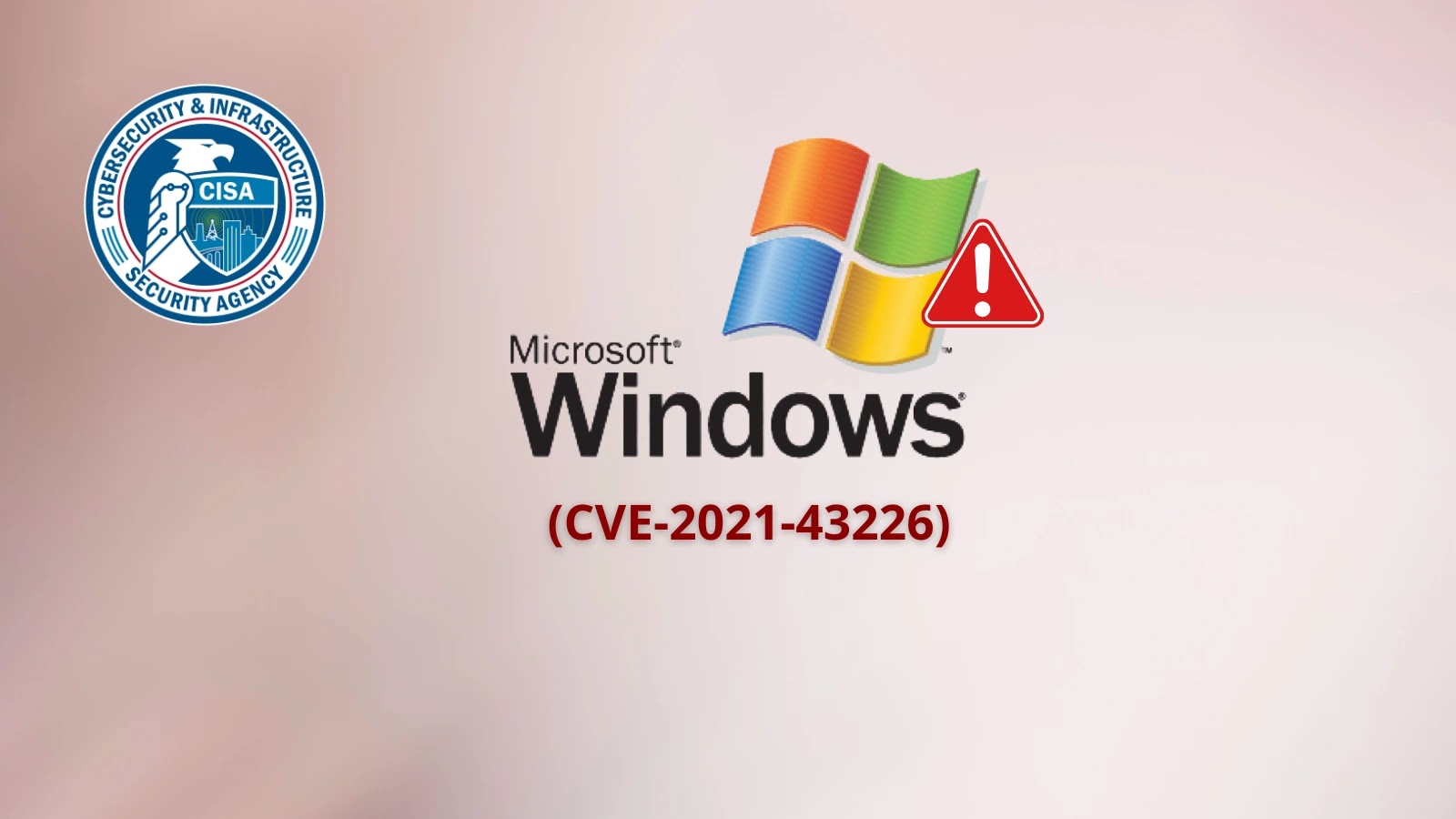In the rapidly evolving realm of cybersecurity, incident response teams are increasingly emphasizing the necessity for unified logging standards to effectively manage and mitigate security breaches. The absence of standardized logging practices creates significant blind spots, hindering the swift detection and response to potential threats. With the average time to identify and contain a breach reaching an alarming 277 days, largely due to insufficient logging and ineffective monitoring practices, security professionals are advocating for a more cohesive approach to security logging across organizations.
The Fragmentation Challenge in Security Logging
Effective incident response heavily relies on comprehensive logging capabilities. Without proper logs and the ability to query them, response teams cannot accurately validate the events during a security incident or understand its full scope. The current cybersecurity environment faces several logging-related challenges that significantly impair incident response effectiveness.
Traditional incident response approaches, involving disparate tools and isolated processes, have proven inadequate in today’s threat landscape. Organizations often grapple with multiple logging systems that collect different data types in varied formats, making it difficult to obtain a comprehensive view of security events. This fragmentation creates operational, regulatory, and reputational risks, particularly for teams managing cross-regional or global operations.
The complexity increases further as logs originate from multiple endpoints and different sources and formats, requiring normalization to transform information into a uniform format for easy searching, comparison, and readability. Without standardization, incident response teams waste precious time correlating and interpreting logs from various systems instead of focusing on threat mitigation.
Benefits of Unified Logging Standards for Incident Response
Implementing unified logging standards offers numerous advantages that can significantly enhance an organization’s incident response capabilities. A unified approach streamlines the management of security incidents by providing security professionals access to everything they need from one central hub. This integration enables incident triage and threat detection to be addressed promptly and efficiently.
A centralized incident management system promotes improved collaboration and communication among security teams, allowing them to work in unison with access to the same data and insights. This shared approach is crucial when countering sophisticated cyber threats, as it ensures everyone is operating with the same information.
Real-time visibility into threats represents another significant benefit. With unified logging standards, organizations gain a holistic view of their security landscape. This comprehensive visibility is essential for detecting and responding to security incidents in real-time, identifying potential vulnerabilities, and ensuring compliance with regulatory requirements.
Key Components of Effective Logging Frameworks
To establish an effective logging framework, organizations should consider the following key components:
– Support for Log Levels: Enables categorization of log messages by severity (e.g., DEBUG, INFO, WARN, ERROR, FATAL/CRITICAL) and helps filter and prioritize issues for faster troubleshooting.
– Structured Logging: Uses consistent, machine-readable formats like JSON to facilitate automated parsing, searching, and analysis.
– Contextual Data Support: Allows inclusion of relevant metadata such as timestamps, user IDs, and IP addresses to provide context for log entries.
– Centralized Log Management: Aggregates logs from various sources into a single repository, simplifying monitoring and analysis.
– Retention Policies: Defines how long logs are stored, balancing the need for historical data with storage constraints and compliance requirements.
– Access Controls: Ensures that only authorized personnel can access and manage logs, maintaining data integrity and security.
Global Initiatives Toward Unified Logging Standards
Recognizing the critical role of standardized logging in cybersecurity, global cyber agencies have unveiled new logging standards aimed at enhancing detection and response capabilities. More than a dozen international cyber authorities have endorsed guidance aimed at establishing baseline standards for logging and threat detection, responding to the rising threat from foreign adversaries and malicious actors who increasingly use living off the land techniques.
The event logging guidance calls for enhanced cybersecurity monitoring to better detect critical software configuration changes and other modifications that could signal the presence of malicious activity or potential security breaches. Recent examples of high-profile cyber incidents, such as the SolarWinds supply chain attack and the Colonial Pipeline ransomware hack, underscore that robust event logging could have mitigated widespread fallout by detecting early signs of compromise and enabling a faster, more effective response.
The Australian Signals Directorate’s Australian Cyber Security Center published the joint guidance along with the U.S. Cybersecurity and Infrastructure Security Agency, the Canadian Center for Cyber Security, and the U.K. National Cyber Security Center, among others. It urges senior information technology decision-makers and operational technology operators in cloud environments to log all control plane operations, including API calls and end-user logins.
The guidance also recommends configuring control plane logging to capture any administrative changes, authentication events, and read and write activities. The cyber agencies identified a wide range of event details that should be included in an organization’s logging policy, including the event type, command executed, and user identification, and it seeks to ensure that logs and logging platforms are usable for analysis. It also calls on network administrators to properly organize logged data into ‘hot’ data storage that is readily available and searchable.
Challenges in Implementing Unified Logging Standards
While the benefits of unified logging standards are clear, implementing them presents several challenges:
– Resource Constraints: Developing and maintaining a standardized logging framework requires significant investment in terms of time, personnel, and financial resources.
– Complexity of Integration: Integrating logs from diverse systems and applications into a unified format can be complex and may require specialized tools and expertise.
– Compliance and Privacy Concerns: Organizations must navigate various regulatory requirements and ensure that logging practices do not infringe on user privacy.
– Scalability Issues: As organizations grow, their logging infrastructure must scale accordingly, which can be challenging without proper planning and resources.
Best Practices for Adopting Unified Logging Standards
To successfully adopt unified logging standards, organizations should consider the following best practices:
– Conduct a Comprehensive Assessment: Evaluate current logging practices to identify gaps and areas for improvement.
– Develop a Clear Strategy: Establish a roadmap for implementing unified logging standards, including timelines, responsibilities, and resource allocation.
– Engage Stakeholders: Involve key stakeholders from various departments to ensure that the logging framework meets the needs of the entire organization.
– Invest in Training: Provide training for staff to ensure they understand the importance of logging and how to effectively use the new system.
– Monitor and Review: Continuously monitor the logging system to ensure it is functioning as intended and make adjustments as necessary.
Conclusion
In conclusion, the call for unified logging standards is a critical step toward enhancing the effectiveness of incident response teams in managing and mitigating security breaches. By addressing the challenges of fragmented logging practices and implementing standardized frameworks, organizations can improve their ability to detect, respond to, and recover from cyber incidents. As global cyber agencies continue to advocate for these standards, it is imperative for organizations to prioritize their adoption to bolster their cybersecurity posture in an increasingly complex threat landscape.



